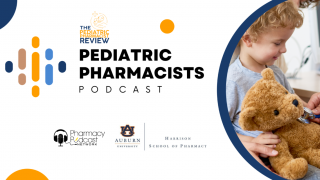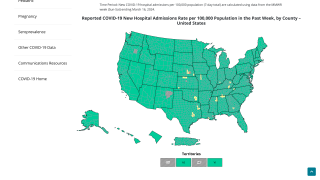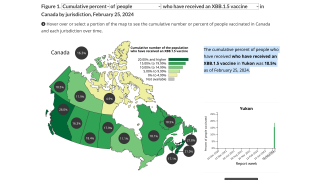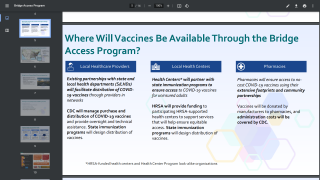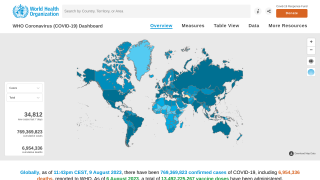‘The Year Global Health Went Local’
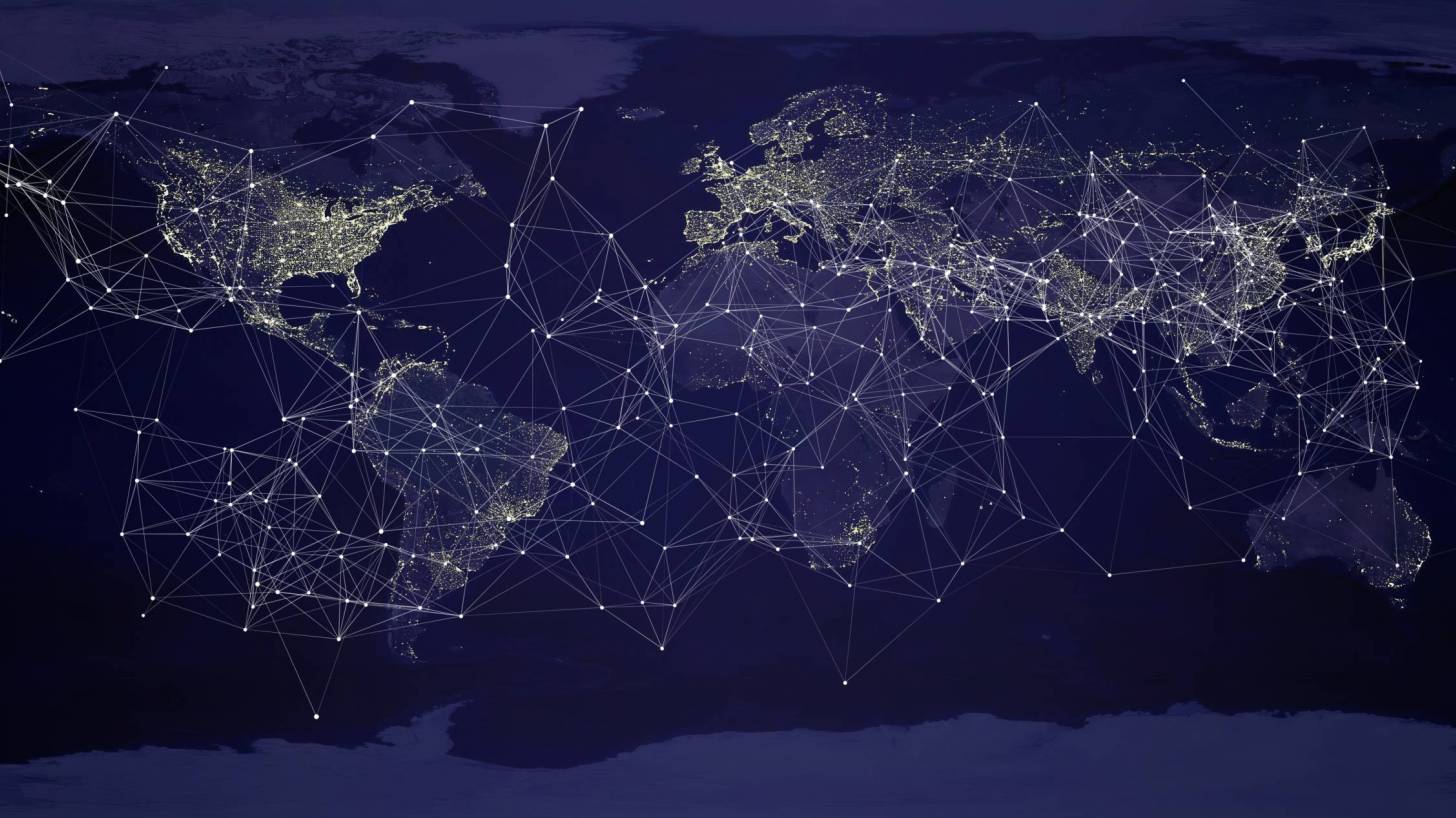
Bill and Melinda Gates shared their 2021 Annual Letter, "The Year Global Health Went Local,” on January 27, 2021.
In this year's letter, Bill and Melinda reflect on the worldwide impact of COVID-19 and the global collaboration and scientific innovation fueling one of the largest public health efforts in history.
They share why they are optimistic the world can emerge from the pandemic stronger, healthier, and more resilient, and discuss two areas they believe are essential to building a better future: prioritizing equity and preparing for the next pandemic.
Excerpts from the 2021 Letter are inserted below:
‘From the beginning of the pandemic, we have urged wealthy nations to remember that COVID-19 anywhere is a threat everywhere. Until vaccines reach everyone, new clusters of disease will keep popping up.
Those clusters will grow and spread. Schools and offices will shut down again. The cycle of inequality will continue. Everything depends on whether the world comes together to ensure that the lifesaving science developed in 2020 saves as many lives as possible in 2021.
Existential crises such as these leave no facet of life untouched. But solutions that are worthy of these historic moments also have ripples. Demanding an inclusive response will save lives and livelihoods now—and create a foundation for a post-pandemic world that is stronger, more equal, and more resilient.
It’s not too soon to start thinking about the next pandemic.
One of the questions I get asked the most is when I think the world will get back to normal. I understand why. We all want to return to the way things were before COVID-19. But there's one area where I hope we never go back: our complacency about pandemics.
The unfortunate reality is that COVID-19 might not be the last pandemic.
We don’t know when the next one will strike, or whether it will be a flu, a coronavirus, or some new disease we’ve never seen before. But what we do know is that we can’t afford to be caught flat-footed again. The threat of the next pandemic will always be hanging over our heads—unless the world takes steps to prevent it.
The good news is that we can get ahead of infectious disease outbreaks. Although the world failed to prepare for COVID-19 in many ways, we’re still benefiting from actions taken in response to past outbreaks.
For example, the Ebola epidemic made it clear that we needed to accelerate the development of new vaccines. So, our foundation partnered with governments and other funders to create the Coalition for Epidemic Preparedness Innovations. CEPI helped fund a number of COVID-19 candidates—including the Moderna and Oxford AstraZeneca vaccines—and is deeply involved in the vaccine equity work that Melinda wrote about.
To prevent the hardship of this last year from happening again, pandemic preparedness must be taken as seriously as we take the threat of war. The world needs to double down on investments in R&D and organizations like CEPI that have proven invaluable with COVID-19. We also need to build brand-new capabilities that don’t exist yet.
Stopping the next pandemic will require spending tens of billions of dollars per year—a big investment, but remember that the COVID-19 pandemic is estimated to cost the world $28 trillion. The world needs to spend billions to save trillions (and prevent millions of deaths). I think of this as the best and most cost-efficient insurance policy the world could buy.
The bulk of this investment needs to come from rich countries. Low- and middle-income countries and foundations like ours have a role to play, but governments from high-income nations need to lead the charge here because the benefits for them are so huge. If you live in a rich country, it’s in your best interest for your government to go big on pandemic preparedness around the world.
Melinda wrote that COVID-19 anywhere is a threat to health everywhere; the same is true of the next potential pandemic. The tools and systems created to stop pathogens in their tracks need to span the globe, including in low- and middle-income countries.
To start, governments need to continue investing in the scientific tools that are getting us through this current pandemic—even after COVID-19 is behind us. New breakthroughs will give us a leg up the next time a new disease emerges.
It took months to get enough testing capacity for COVID-19 in the United States. But it’s possible to build up diagnostics that can be deployed very quickly.
By the next pandemic, I’m hopeful we’ll have what I call mega-diagnostic platforms, which could test as much as 20 percent of the global population every week.
I’m confident that we will have better treatments next time, too. One of the most promising COVID-19 therapeutics is monoclonal antibodies. If a patient gets them early enough, you can potentially reduce the death rate by as much as 80 percent.
Monoclonal antibodies weren’t available to treat COVID-19 until November. Imagine how many lives could’ve been saved if we had them months earlier.
Our foundation has funded research into monoclonal antibodies as a potential treatment for flu and malaria for over a decade. These antibodies can be used to treat any number of diseases. The downside is that they’re time-consuming to develop and manufacture. It will likely take another five years of perfecting the technology before we can quickly churn them out in response to new pathogens.
Just as I think we’ll see huge improvements in diagnostics and monoclonal antibodies, I predict that mRNA vaccines will become faster to develop, easier to scale, and more stable to store over the next five to ten years.
That would be a huge breakthrough, both for future pandemics and for other global health challenges. mRNA vaccines are a promising platform for diseases like HIV, tuberculosis, and malaria. The R&D progress made as a result of COVID-19 might one day give us the tools we need to finally end these deadly diseases.
When it comes to preventing pandemics, scientific tools alone aren’t enough. The world also needs field-based capabilities that constantly monitor for troubling pathogens and can be spun up as soon as they’re needed. There is still a lot to be figured out in terms of specifics, including where these capabilities would be housed and how exactly they’d be structured. But here is my broad thinking:
First, we need to spot disease outbreaks as soon as they happen, wherever they happen. That will require a global alert system, which we don’t have at large scale today. The backbone of this system would be diagnostic testing.
Ultimately, the thing that makes me the most optimistic that we’ll be ready next time is also the simplest: The world now understands how seriously we should take pandemics. No one needs to be convinced that an infectious disease could kill millions of people or shut down the global economy.
The pain of this past year will be seared into people’s thinking for a generation. I am hopeful that we’ll see broad support for efforts that make sure we never have to experience this hardship again.
The world wasn’t ready for the COVID-19 pandemic. I think next time will be different, concluded the excerpts.
To read the full letter, please visit the 2021 Annual Letter.
PrecisionVaccinations publishes research-based news.
Our Trust Standards: Medical Advisory Committee








